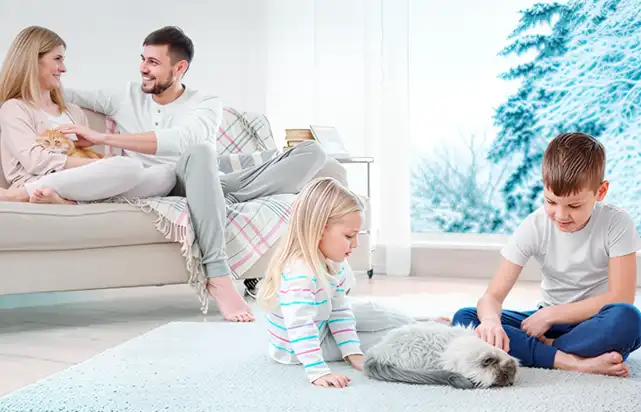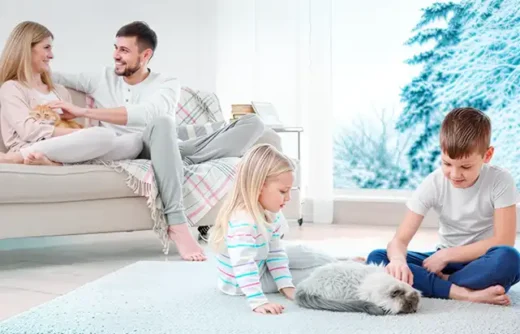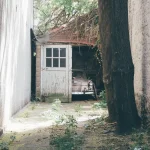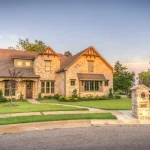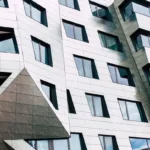Ventilation systems help indoor air quality issues in aging buildings, Property firm advice, Company tips
Ventilation systems as a solution to indoor air quality issues in aging buildings
29 July 2025
Anyone who’s ever lived in an aging apartment or worked in a decades-old office knows the air can sometimes feel stale. It’s that heavy, dusty kind of air that makes you want to open a window – even in winter!
But opening windows isn’t always enough. A more effective solution is needed, for example, a ventilation system. It’s like giving your building a fresh breath, helping fight off the musty smell and unseen pollutants that creep in over time.
Old buildings were never built with modern air quality standards in mind, and as they age, the problem gets worse. Dust builds up in cracks, moisture accumulates, and without proper airflow, problems with air quality arise. Vents offers top-notch ventilation equipment that’s very functional and smartly designed. Their equipment meets European standards on energy efficiency and safety, which means no high energy bills or health risks.
Why the right ventilation system matters
The truth is that not all ventilation systems work the same. Some simply move air around aimlessly, but effective ones actually save heat and clean the room of harmful substances. For example, the Vents Breezy is a decentralized heat recovery unit designed for homes, with a copper heat exchanger and smart sensors. Imagine a fan that knows when the air needs refreshing and adjusts automatically. Sounds fancy, but it really makes a difference if you have windows that never open properly or noisy exhaust fans.
Here’s what a solid ventilation system should offer in older buildings:
- efficient heat recovery to save on energy;
- filters that catch dust, pollen, and other airborne particles;
- humidity control to prevent mold and mildew;
- quiet operation because nobody wants a noisy fan all day.
Vents has a range of options, from the inline Boost fans that keep airflow smooth without fuss, to the TwinFresh Atmo units that have automatic shutters and ceramic heat exchangers – perfect for people seeking the latest tech with reliable performance.
What happens without good ventilation?
Neglecting indoor air quality may seriously impact health. Stale, polluted air contributes to headaches, fatigue, allergies, and even respiratory problems. In old buildings, this risk spikes because dust and mold have more places to hide.
Plus, think about those days when the smell of damp wood or old paint just lingers in the hallways. That’s a red flag signaling the need for better airflow.
Choosing the right equipment for your space
A quick checklist if you’re considering upgrading ventilation in an older building:
- Assess the building’s layout – is it a single room or a whole apartment?
- Think about control options – do you want smart app control or simple switches?
- Decide on the type of heat exchanger – copper, ceramic, or polystyrene?
- Factor in noise levels – quieter units make daily life better.
Ultimately, ventilation isn’t just about machines moving air. It’s about breathing easier, feeling healthier, and giving old buildings a new lease on life.
Comments on this guide to Ventilation systems help indoor air quality issues in old buildings article are welcome.
Architecture
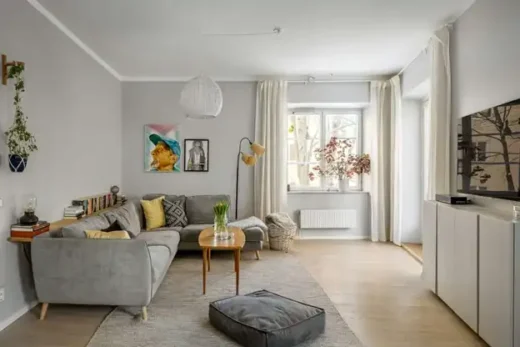
Photo by Lisa Anna on Unsplash
Contemporary Scottish Capital Property Designs – recent architectural selection below:
Vision for National Centre for Music at Royal High School
New National Centre For Music Edinburgh
Design: John Robertson Architects (JRA)
British Medical Association HQ Edinburgh
Powderhall Stables Building
Powderhall Stables Building
Comments / photos for the Ventilation systems help indoor air quality issues in older buildings advice article page welcome.
